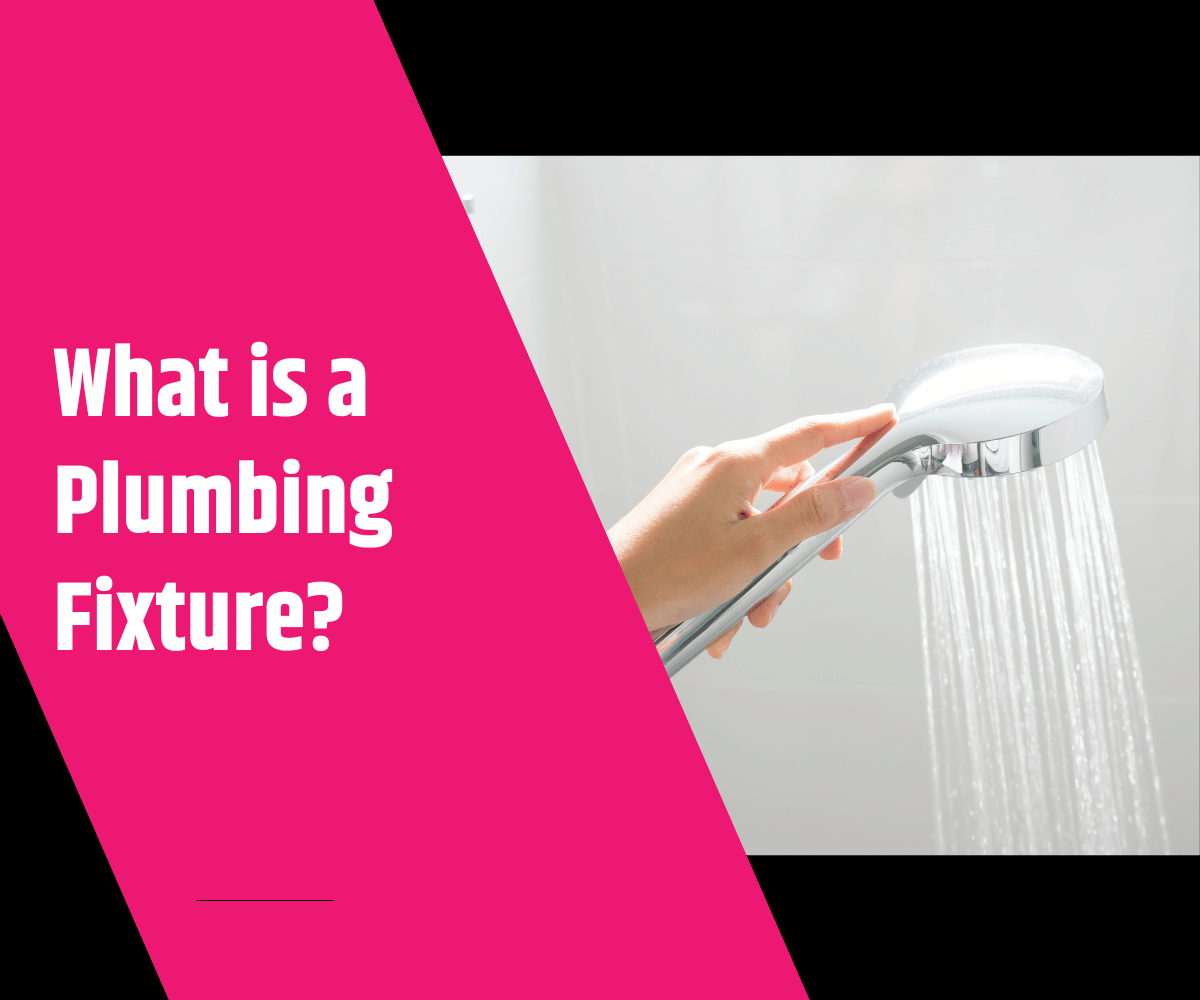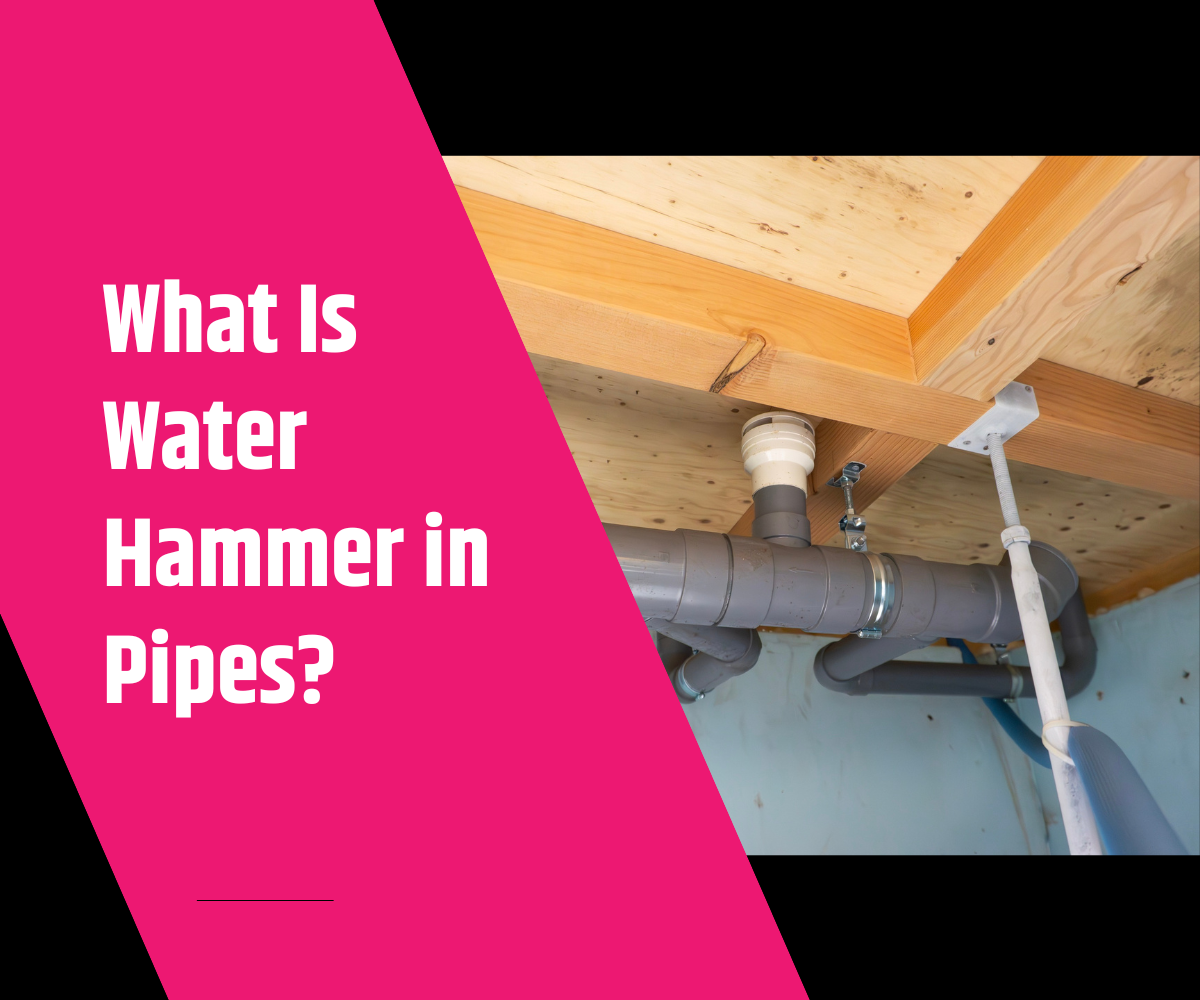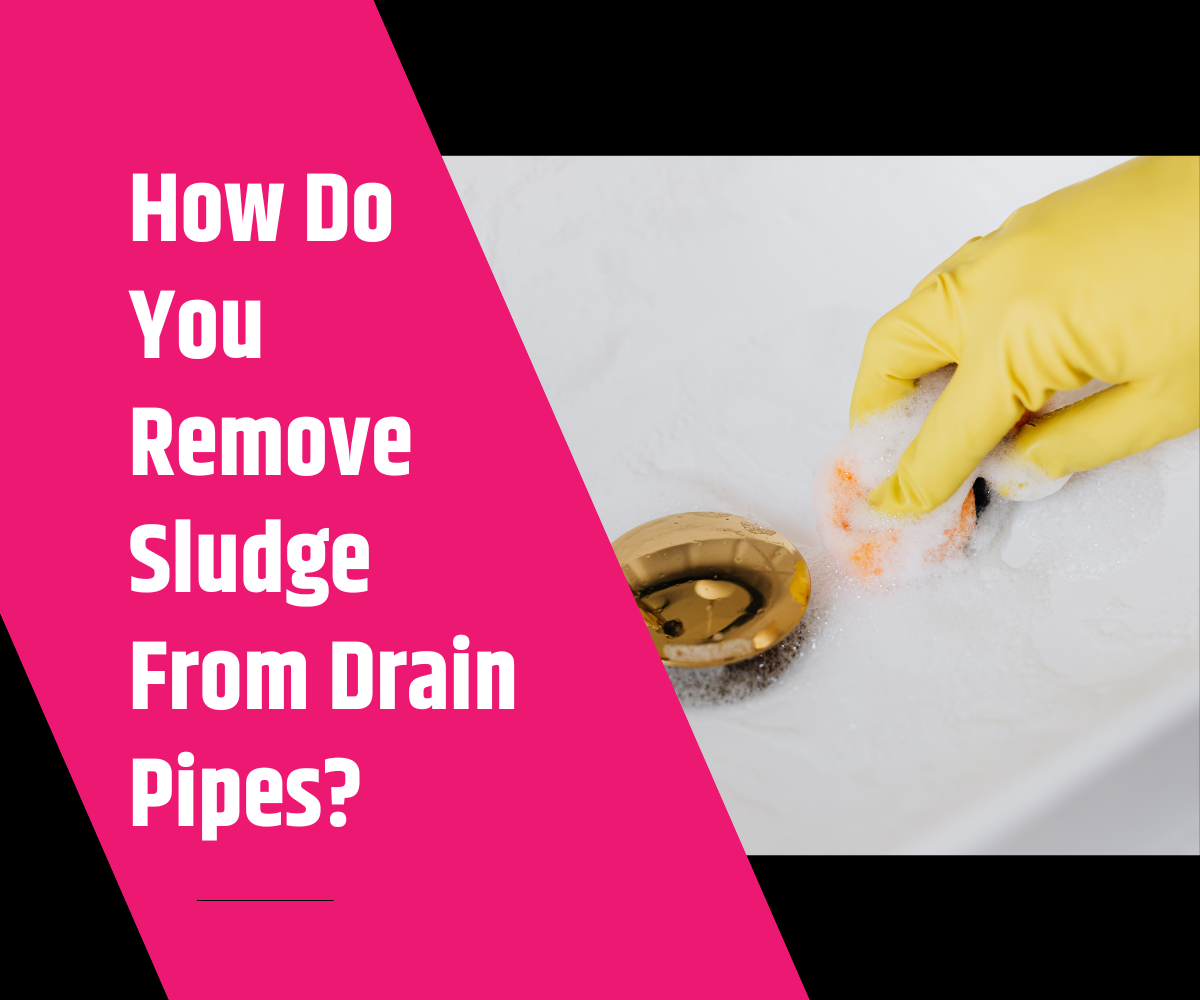What Is an Air Gap in Plumbing?
In the world of plumbing, ensuring the safety and efficiency of water systems is essential. One critical component that helps achieve this is the air gap. But what exactly is an air gap, and why is it important for your home plumbing system?
What Is an Air Gap?
An air gap is a physical separation between the end of a water supply line and the flood level of a fixture, such as a sink or dishwasher. This gap of air prevents any potential backflow, which is the undesirable reversal of water flow that could introduce contaminants into the clean water supply.
Think of an air gap as a simple but effective barrier between your clean water source and wastewater.
How Does an Air Gap Work?
The air gap ensures that, even if there is a drop in water pressure or a clog, contaminated water from a sink or appliance cannot siphon back into your home’s clean water supply. It achieves this by maintaining a vertical distance between the outlet of the faucet or other fixture and the surface of the water in the sink or basin.
For example, in a kitchen sink with a faucet, the air gap is the space between the faucet outlet and the highest possible water level in the sink. Similarly, dishwashers and water softeners often have air gaps in their drainage systems to prevent any backflow of dirty water into the appliance or household water system.
Why Is an Air Gap Important?
Prevents Contamination: The primary purpose of an air gap is to protect your water supply from contamination. Without an air gap, contaminants like bacteria, chemicals, or debris could flow backward into your clean water through cross-connections.
Code Compliance: In most areas, having an air gap in certain plumbing installations is required by local plumbing codes. This ensures that your plumbing system is up to code and meets health and safety regulations.
Peace of Mind: Having an air gap in place provides peace of mind that your family’s drinking water remains safe and uncontaminated, even if there’s a problem with water pressure or a clog in your system.
Where Are Air Gaps Typically Used?
Air gaps are commonly found in several plumbing installations:
- Dishwashers: Modern dishwashers use air gaps to prevent dirty water from re-entering the appliance or backing up into the kitchen sink.
- Sinks: Kitchen and bathroom sinks utilize air gaps, especially in commercial settings, where contamination prevention is crucial.
- Water Softening Systems: These systems often include air gaps to avoid the possibility of backflow into the home’s water supply.
How to Check if You Have an Air Gap
If you’re unsure whether your plumbing system has the necessary air gaps, it’s important to check, especially in areas like the kitchen and laundry room. If you’re in Puyallup, WA, and need help determining if your plumbing is up to code or installing an air gap, Bowers Plumbing and Remodel can assist with professional plumbing services that ensure the safety and efficiency of your system.
An air gap is a simple but essential component that protects your home’s clean water supply. By preventing the possibility of backflow, it keeps your plumbing system safe and up to code. If you’re looking to install, inspect, or repair an air gap, trust the experts at Bowers Plumbing and Remodel to get the job done right.
For more information or to schedule an inspection, contact us today!





